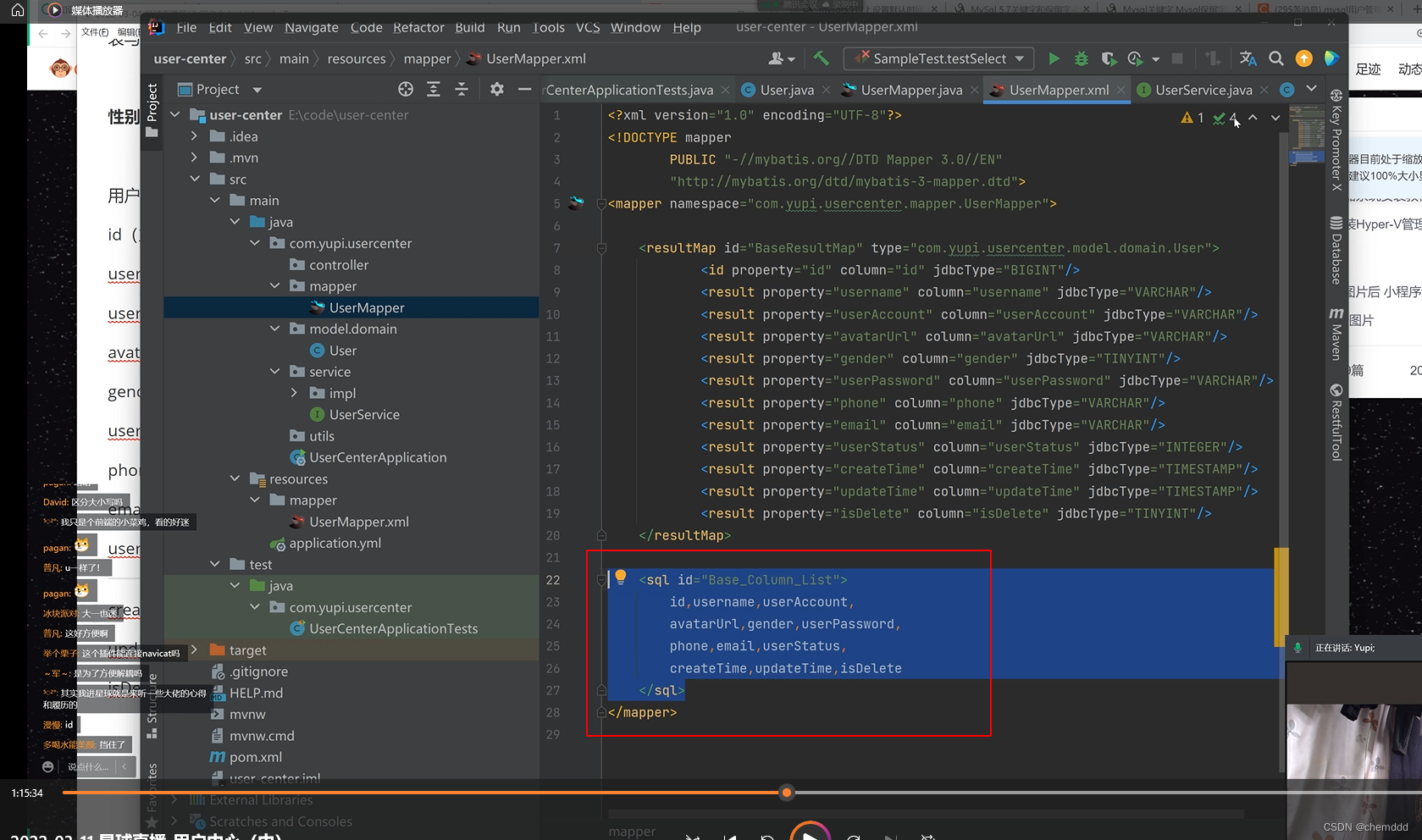简介
组件内的路由守卫,实际上就是两个 API 方法。
他们与普通的守卫不同的是 : 他们是写在组件内的,在组件中监听路由的变化,不是全局的,比较灵活。
以下是两个 API 的功能说明:
onBeforeRouteLeave(): 守卫在当前路由离开时触发,例如 :从 /c 跳转到 /a
onBeforeRouteUpdate(): 守卫在当前路由发生改变时触发,例如 : 从 /c/100 跳转到 /c/200
案例
本案例演示上述两个 API 的基本使用,没有太多的逻辑操作。
路由配置
// 导入 定义路由的两个方法
import {createRouter,createWebHistory} from 'vue-router'
// 引入组件
import componentA from "./componentA.vue";
import componentC from "./componentC.vue";
// 声明路由跳转的路径与组件的对应关系
const routsList = [
{path:'/a',name:'aroute',component:componentA},
{
path:'/c/:id',
name:'croute',
component:componentC
}
]
// 创建路由的实例对象
const routerConfigObj = createRouter({
history:createWebHistory('abc'), // 带一个参数,表示是路由的一个前缀
routes:routsList // 指定路由的配置列表
})
// 导出路由的对象
export default routerConfigObj;
组件C 中的API 使用代码(核心)
<template>
<div class="divb">
这是组件C
<br>
<button @click="goToA">跳转到组件a</button>
<br>
<button @click="goToC200">更新到组件c200</button>
</div>
</template>
<script setup lang="ts">
// 引入路由相关的 API
import {useRouter} from 'vue-router';
// 声明 路由对象和当前路由对象
const routeObj = useRouter()
// 点击按钮,跳转到组件a
const goToA = ()=>{
routeObj.push({
path:'/a'
})
}
// 更新到组件c 200
const goToC200 = ()=>{
routeObj.push({
path:'/c/200'
})
}
// 导入两个组件内的路由守卫API
import { onBeforeRouteLeave,onBeforeRouteUpdate } from 'vue-router';
// 路由离开时的操作
onBeforeRouteLeave((to,from)=>{
console.log('组件c : onBeforeRouteLeave - to :',to);
console.log('组件c : onBeforeRouteLeave - from :',from);
alert('当前内容未保存,是否继续离开?')
})
// 路由更新时的操作
onBeforeRouteUpdate((to,from)=>{
console.log('组件c : onBeforeRouteUpdate - to :',to);
console.log('组件c : onBeforeRouteUpdate - from :',from);
alert('即将跳转到 /c/200,请稍等')
})
</script>
<style scoped>
.divb{
width: 200px;
height: 100px;
background: rgb(23, 177, 182);
}
</style>
运行效果1 : 路由跳转
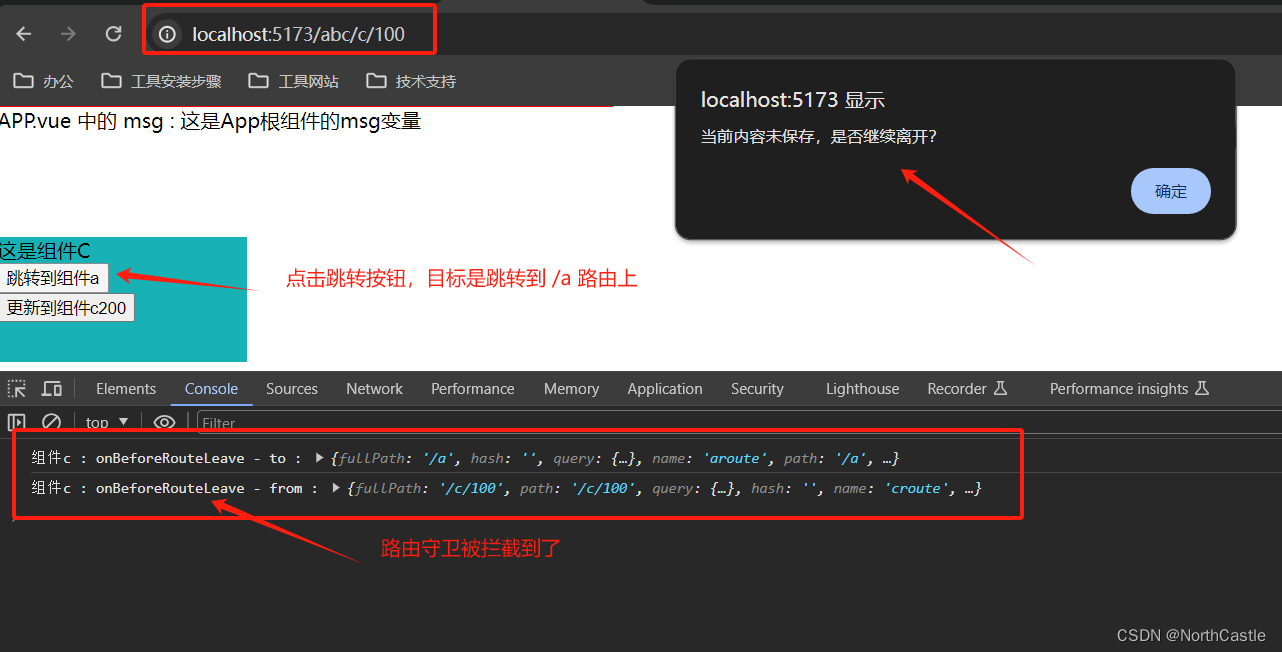
运行效果2 :路由更新

以上就是 组合式API 中的 两个组件内的 路由守卫的操作。


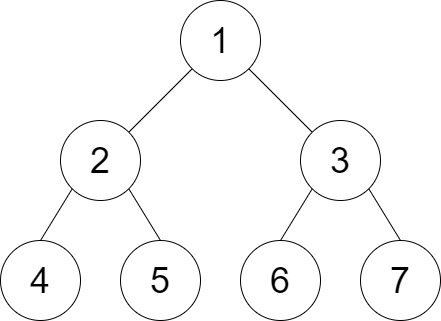

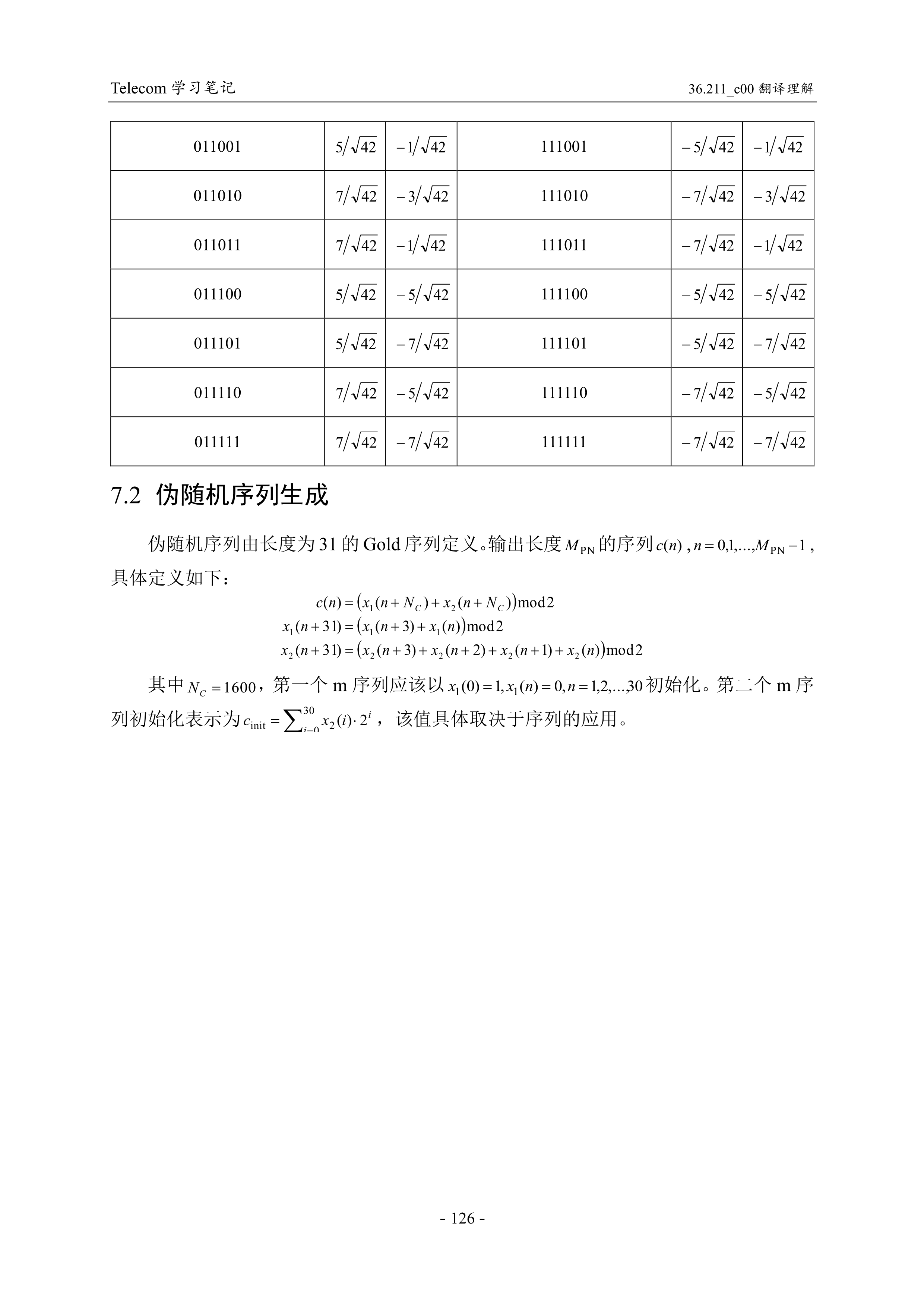
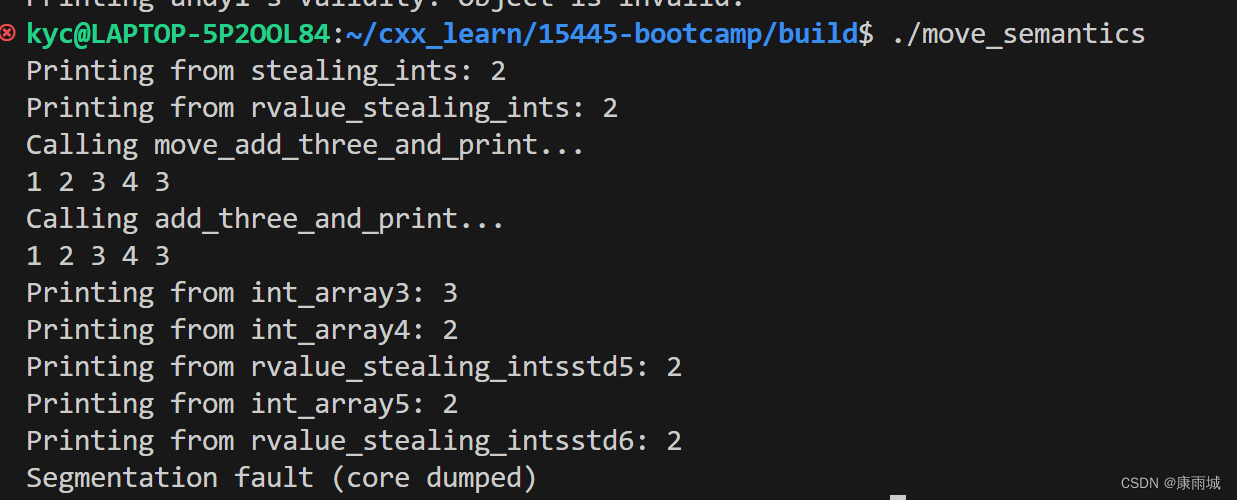

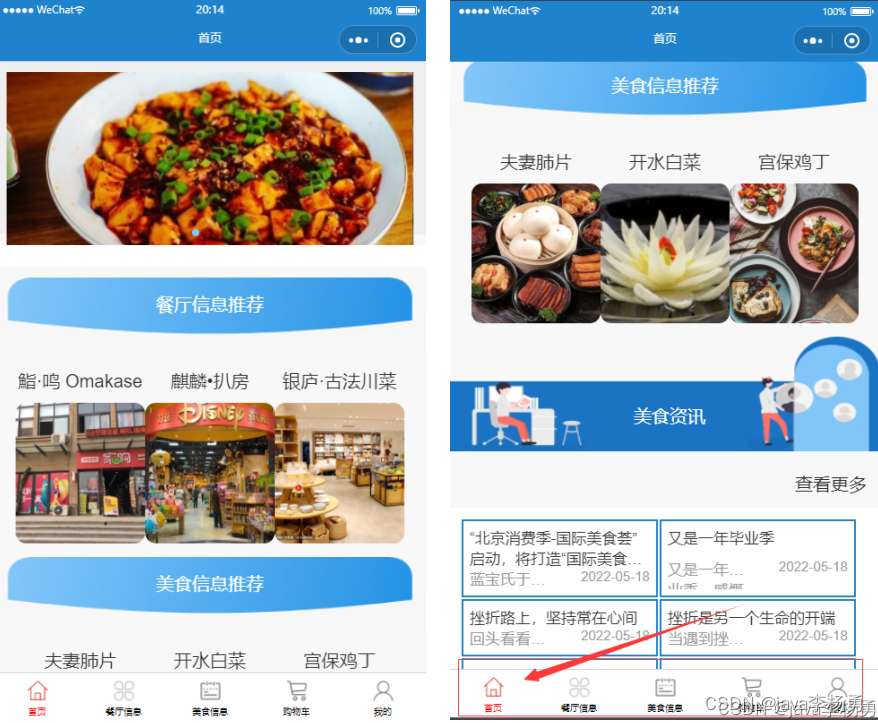
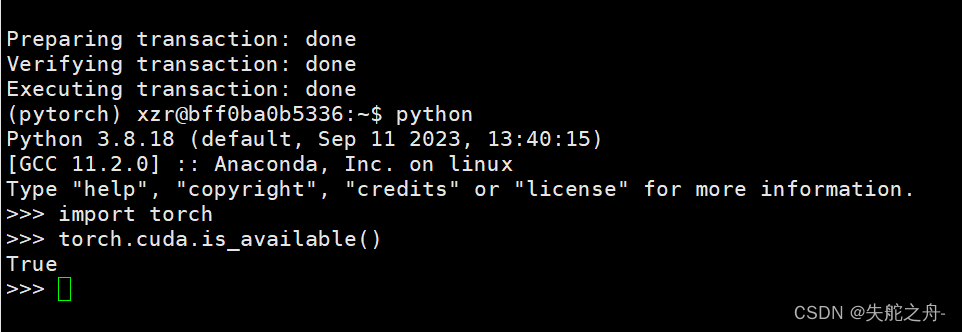
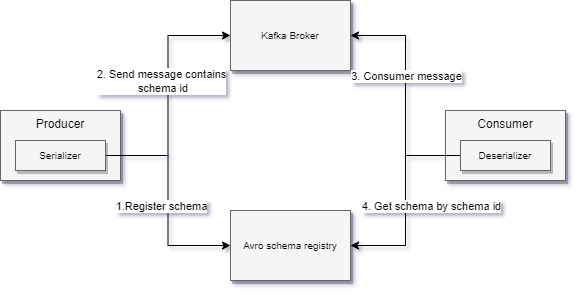

![[每周一更]-(第82期):选购NAS中重要角色RAID](https://img-blog.csdnimg.cn/direct/7e13871cec38410085680bc745d209d9.png#pic_center)


